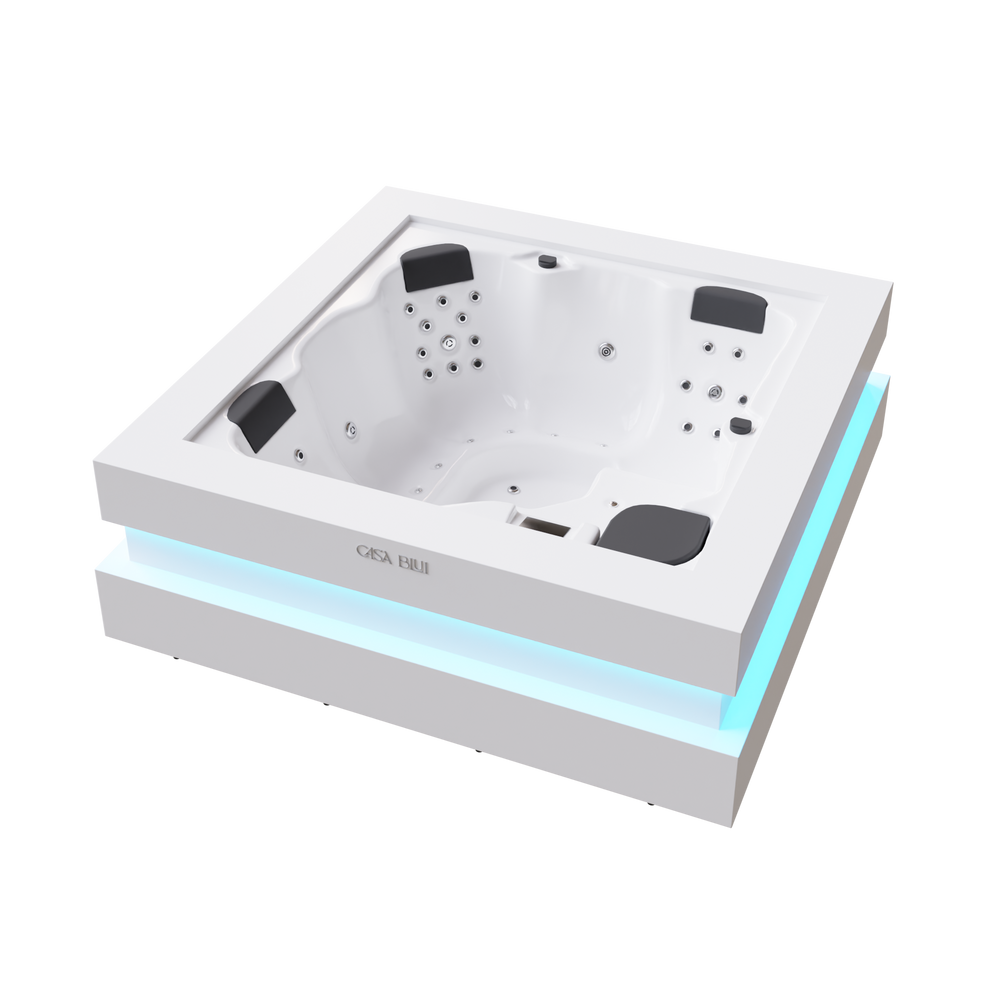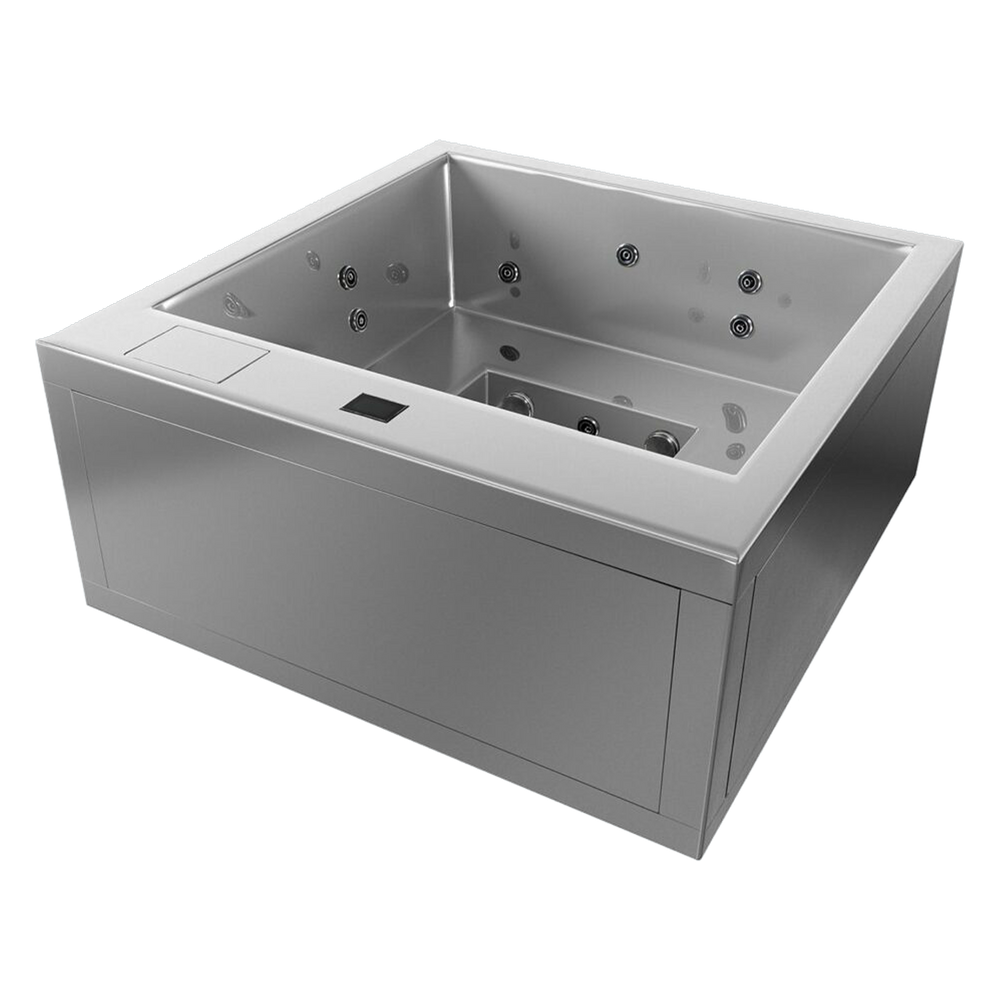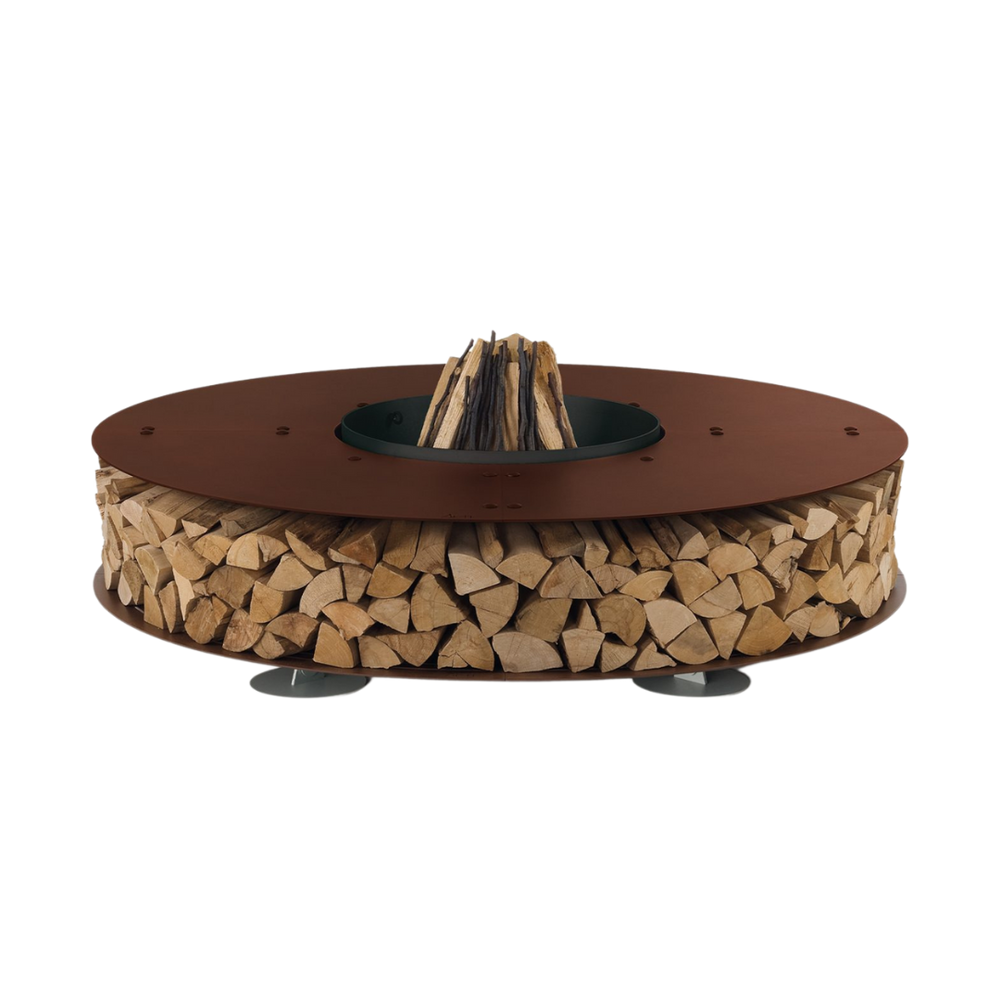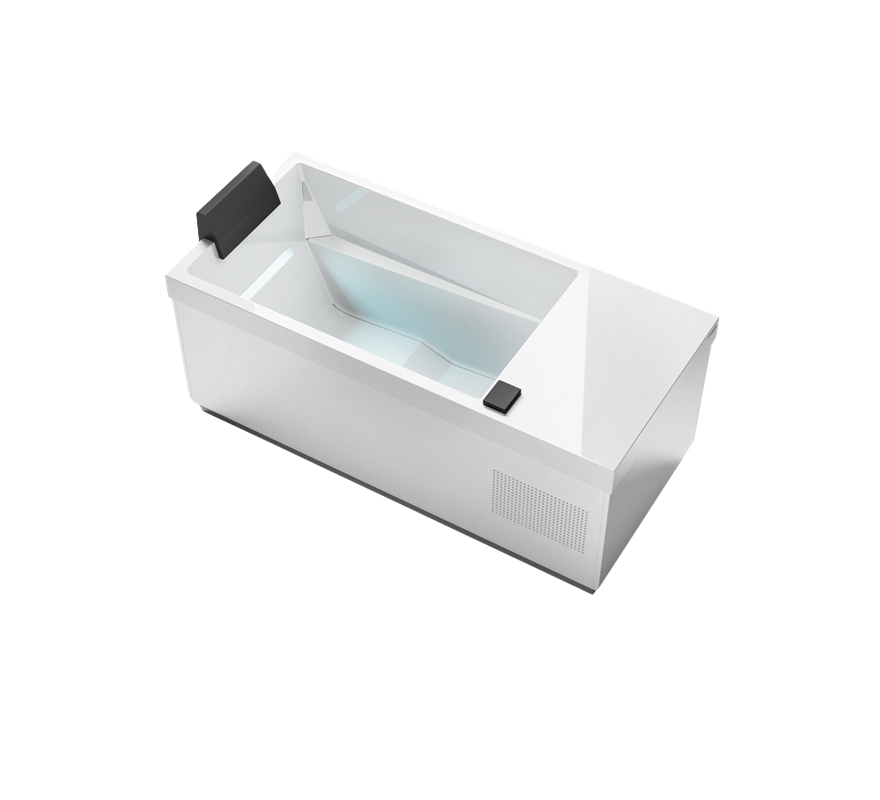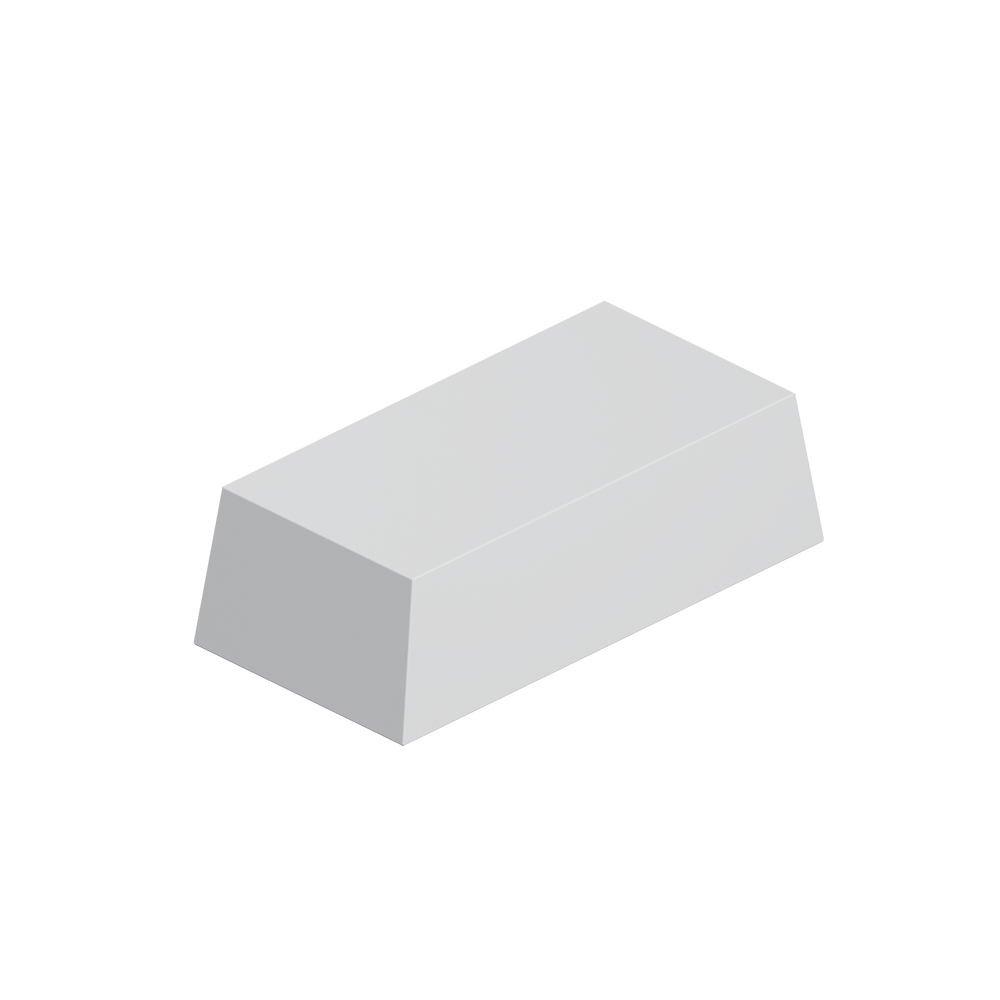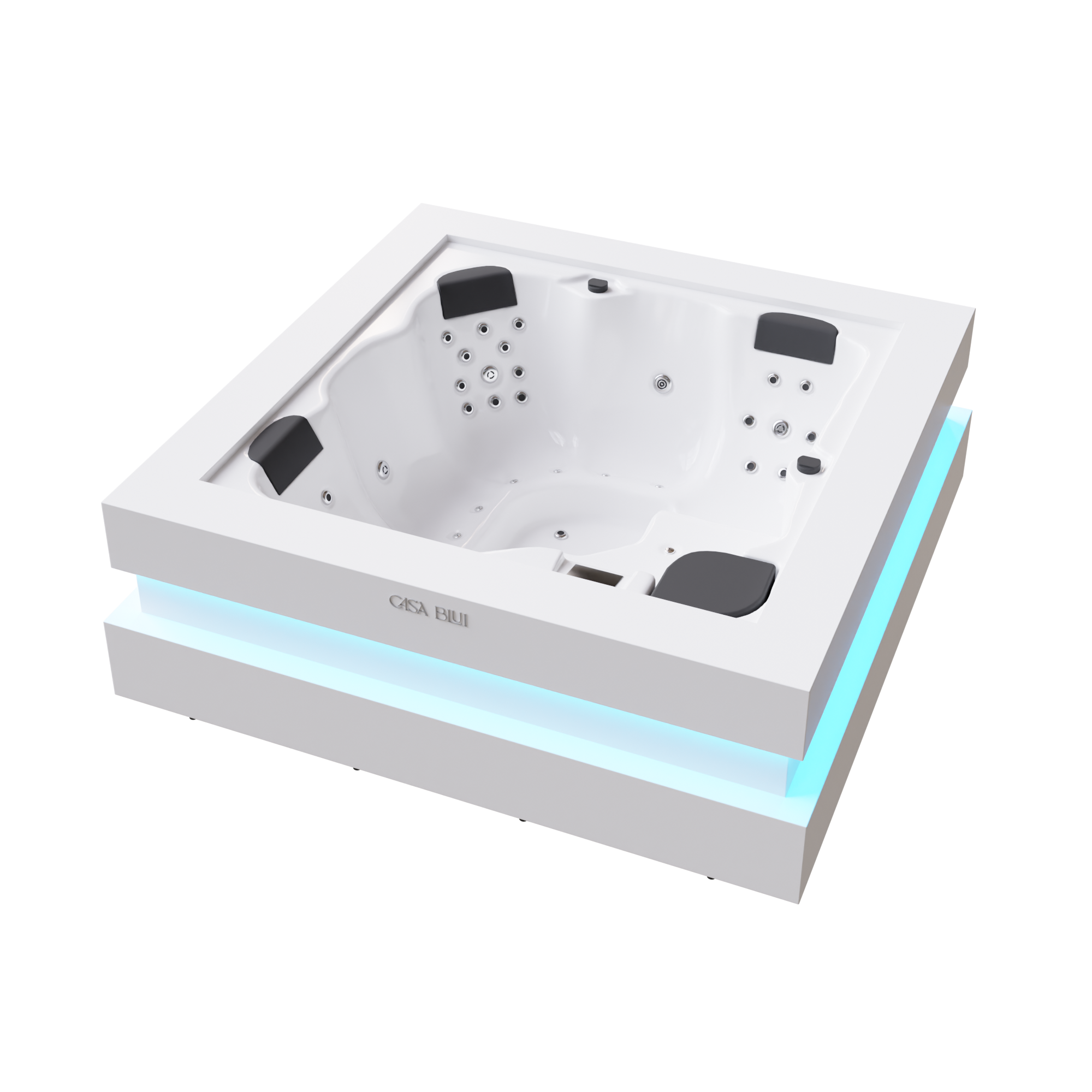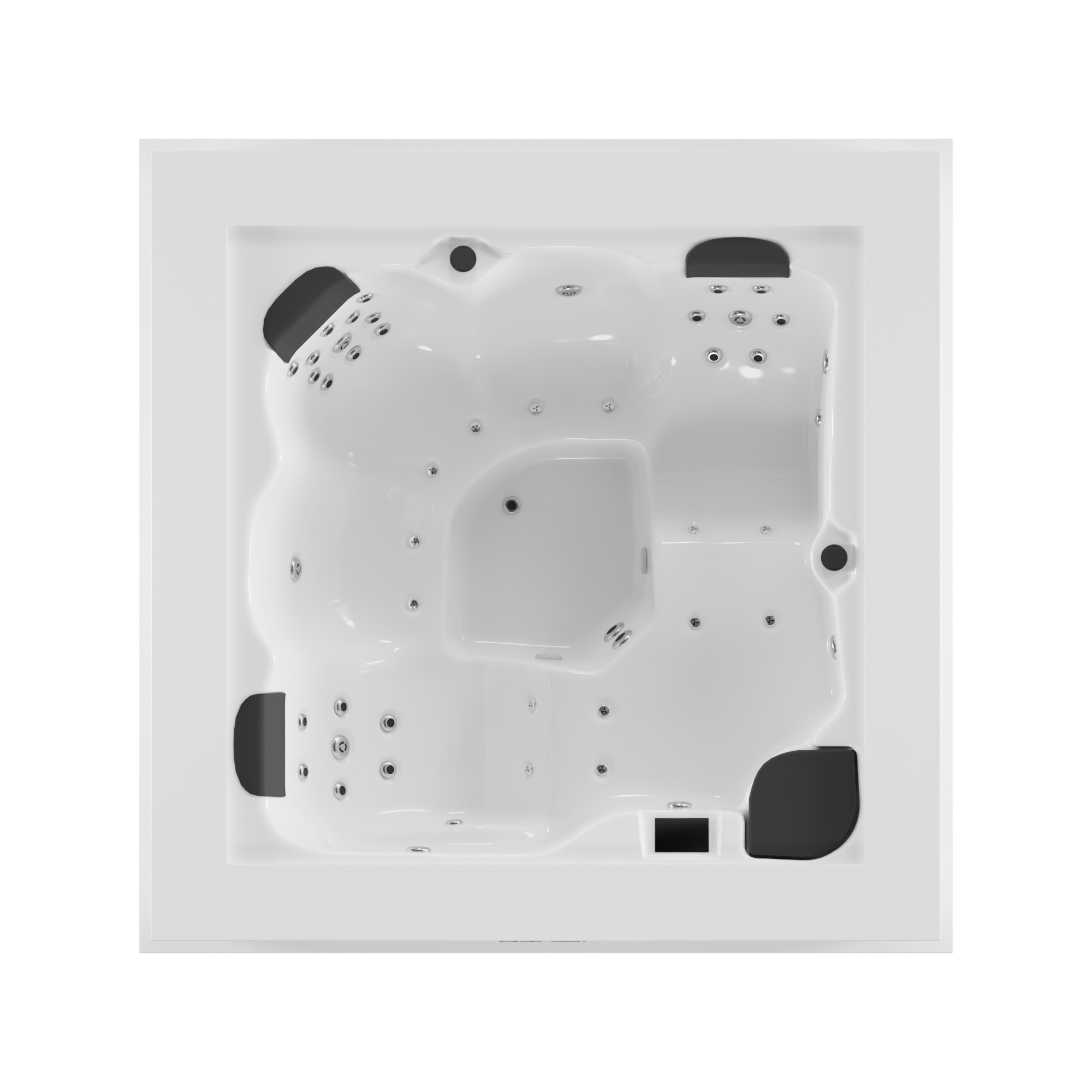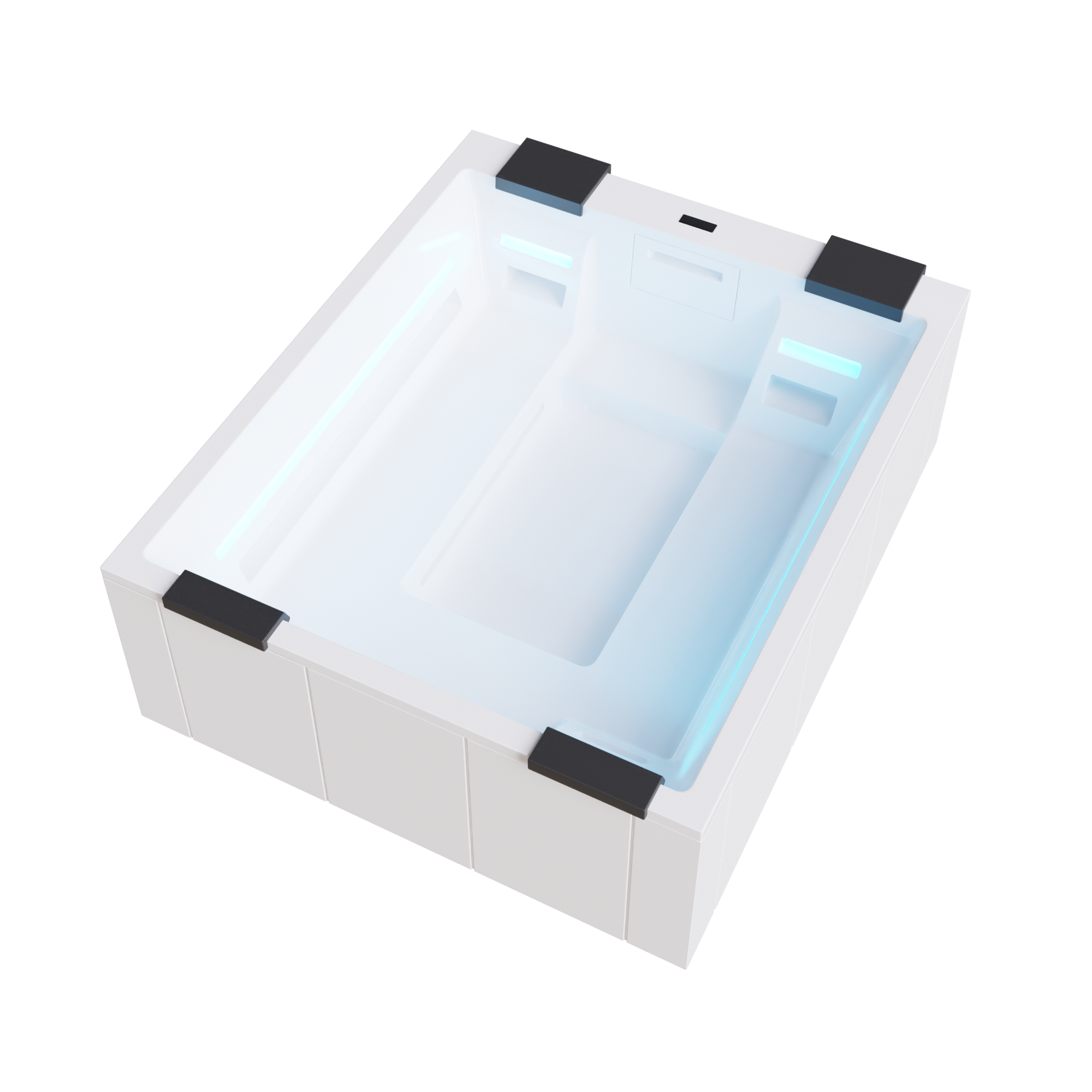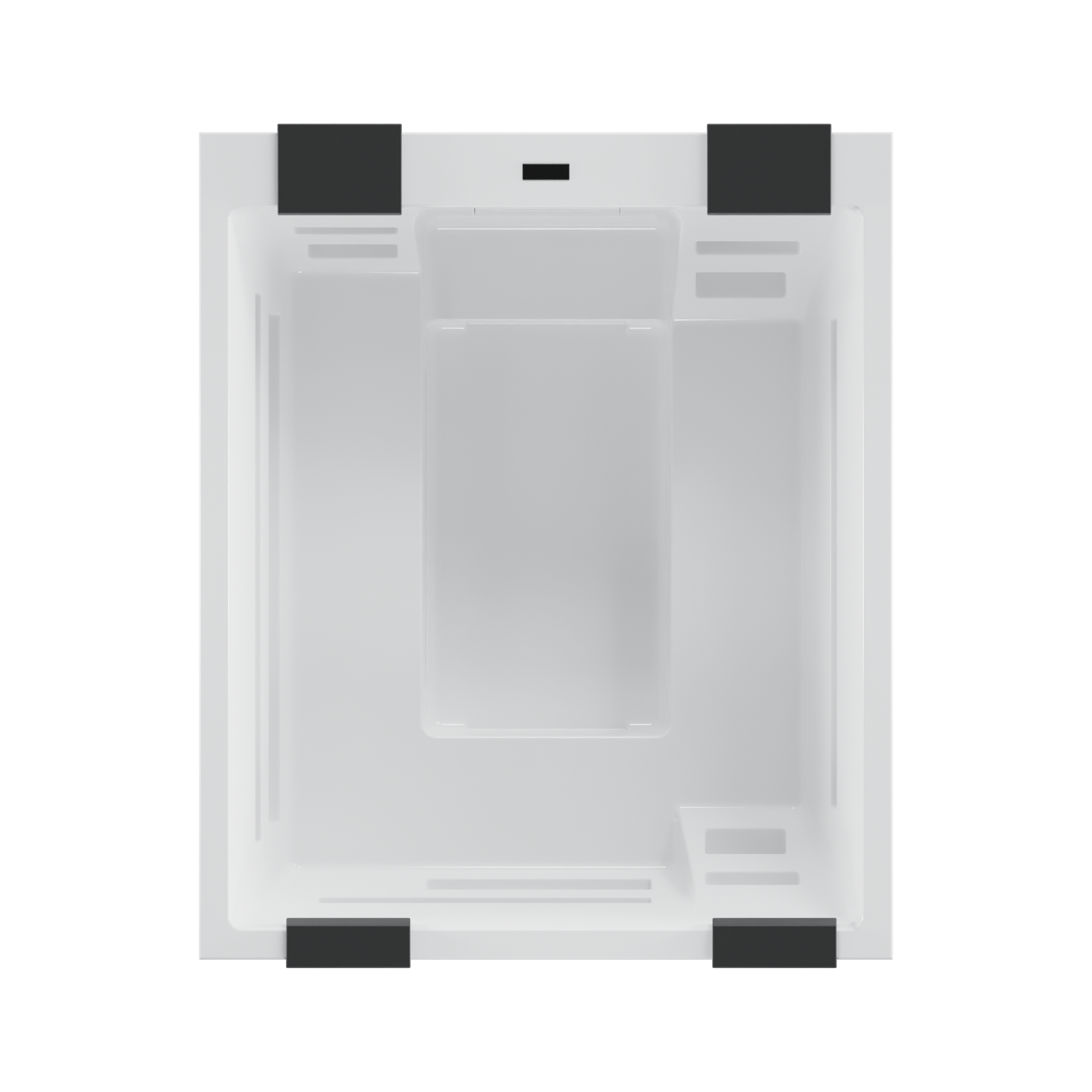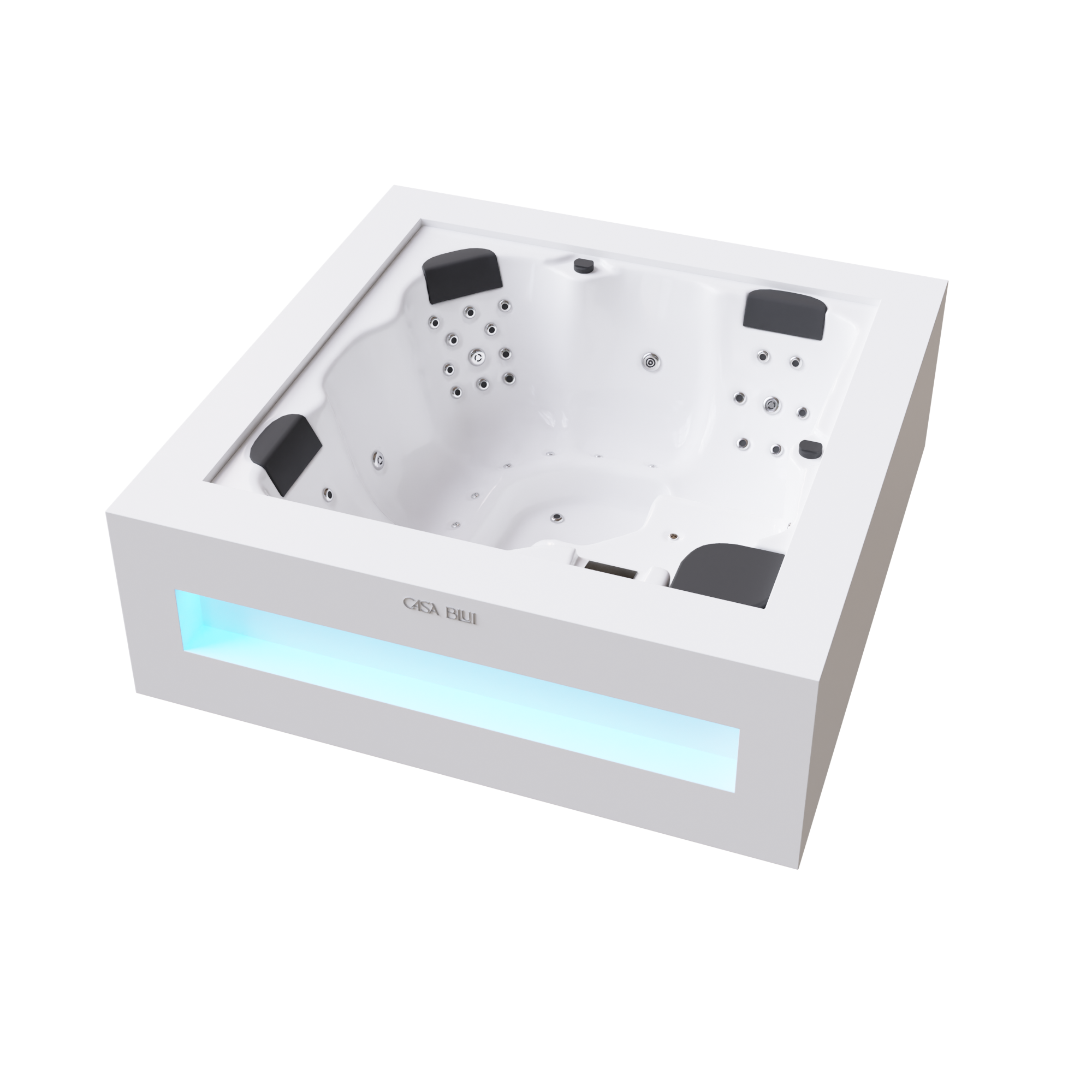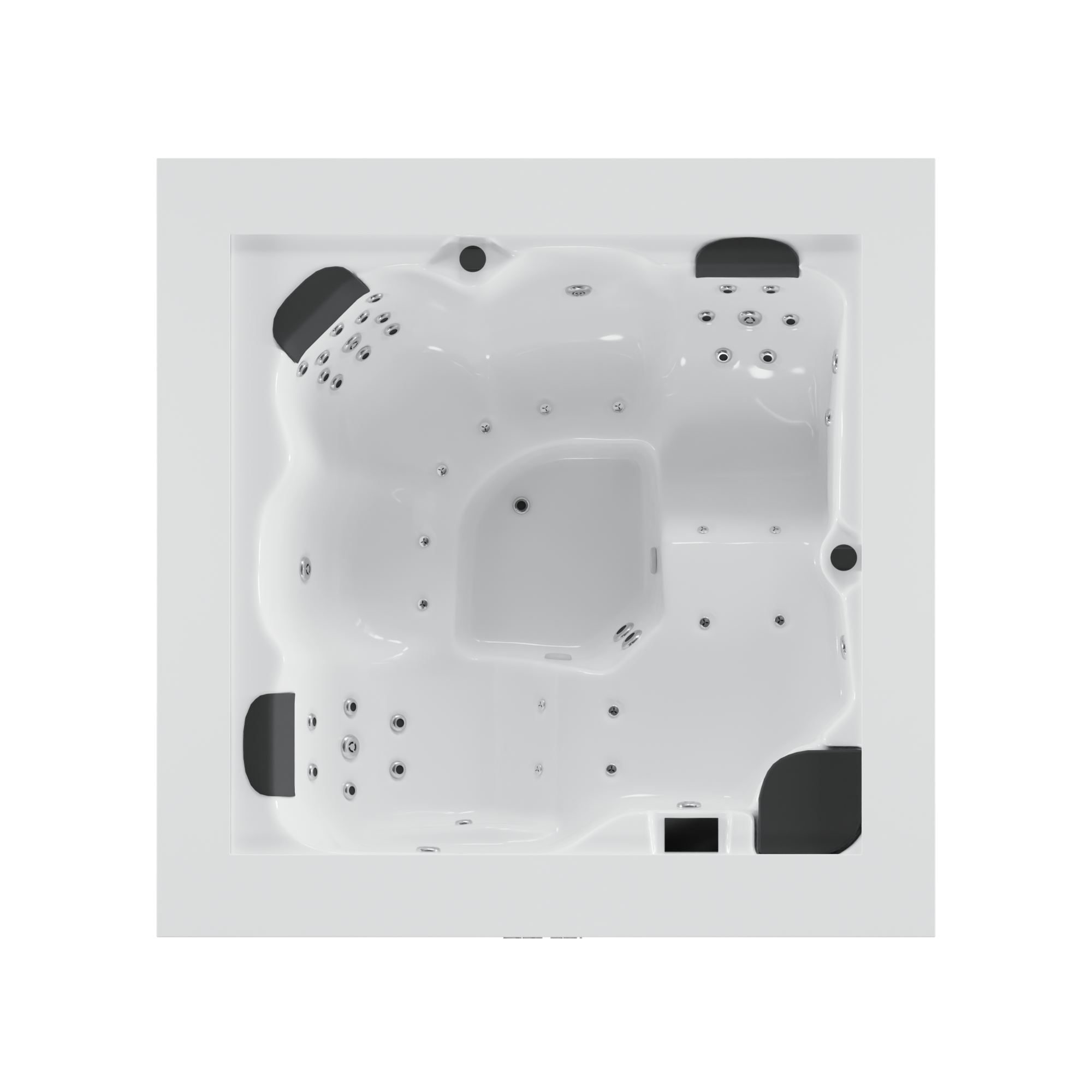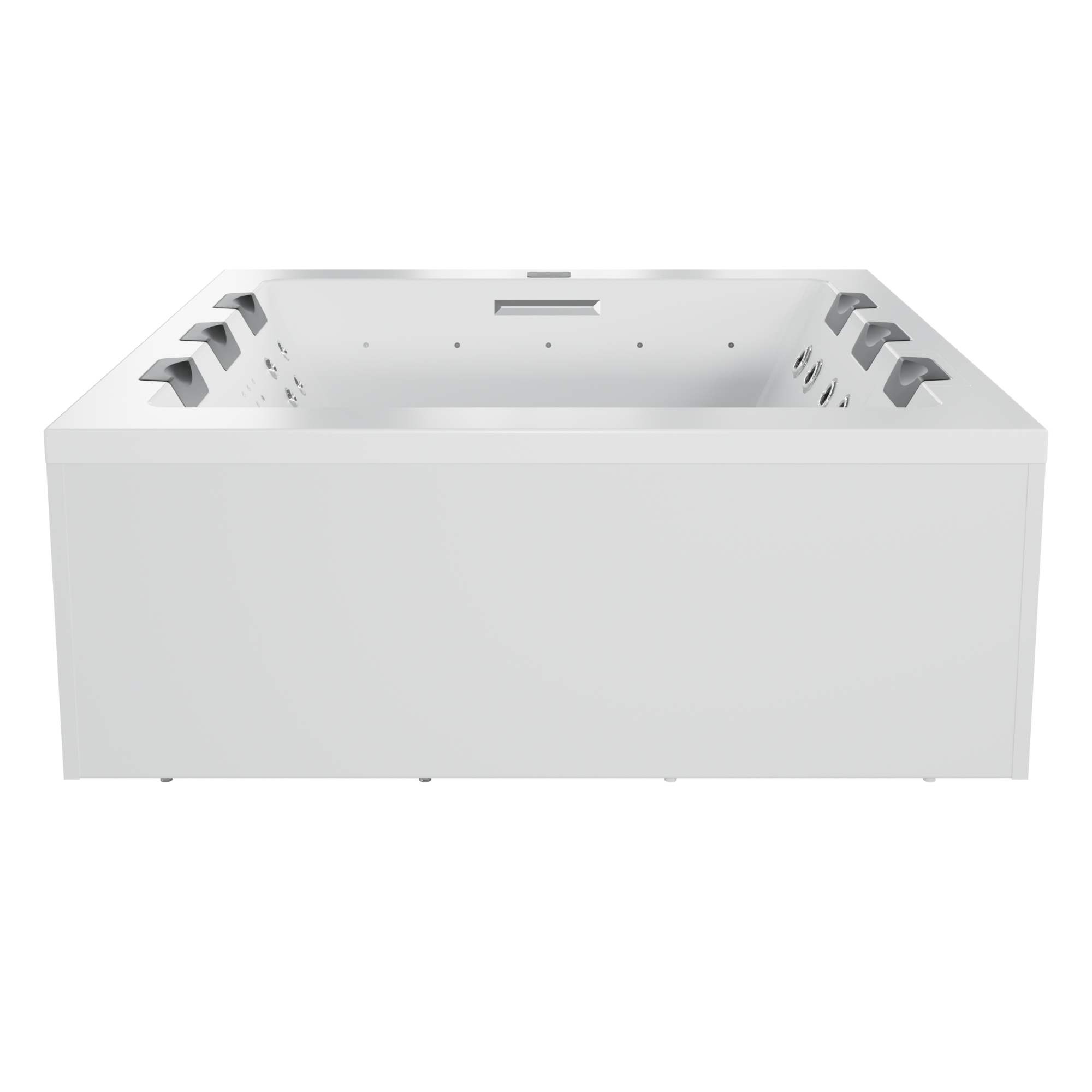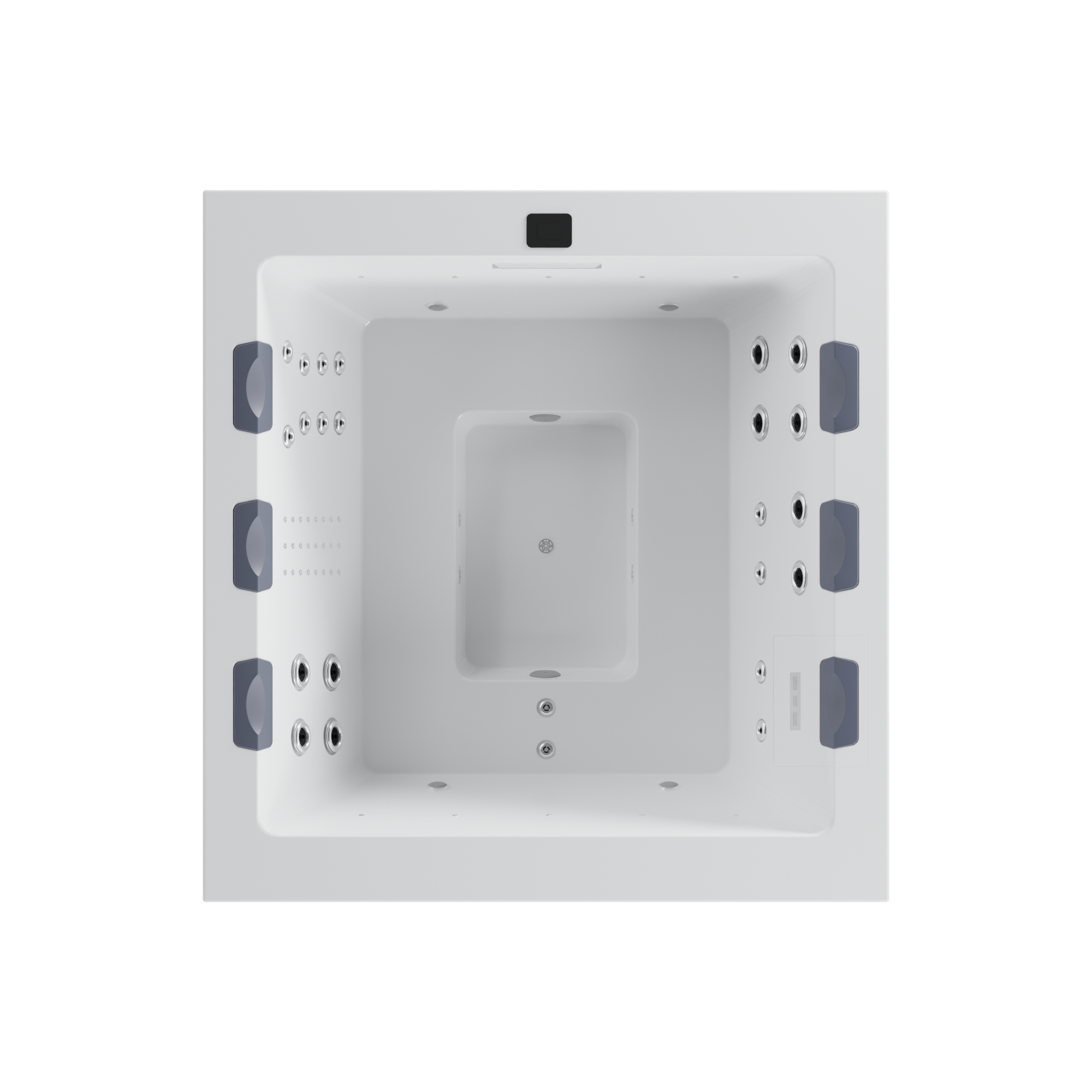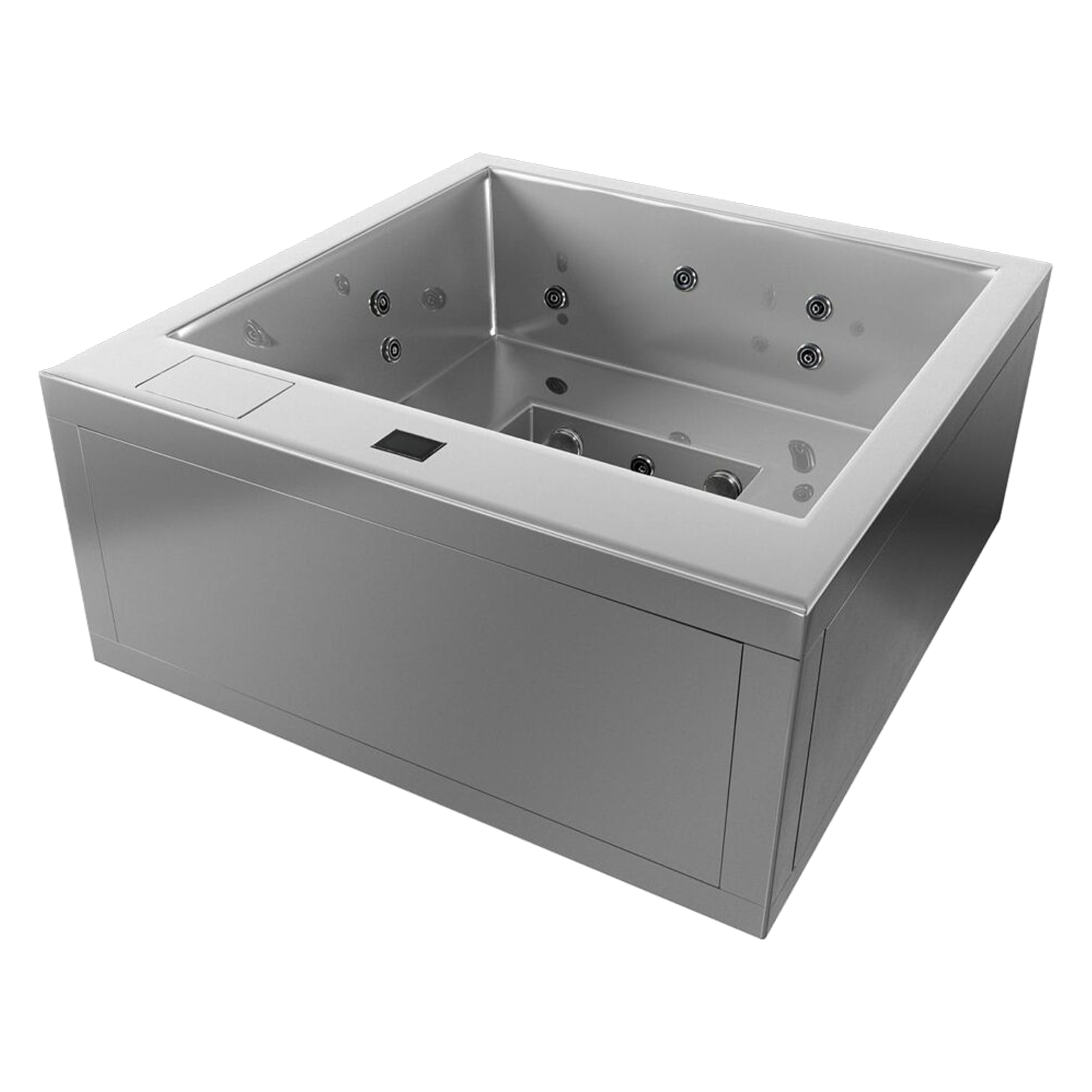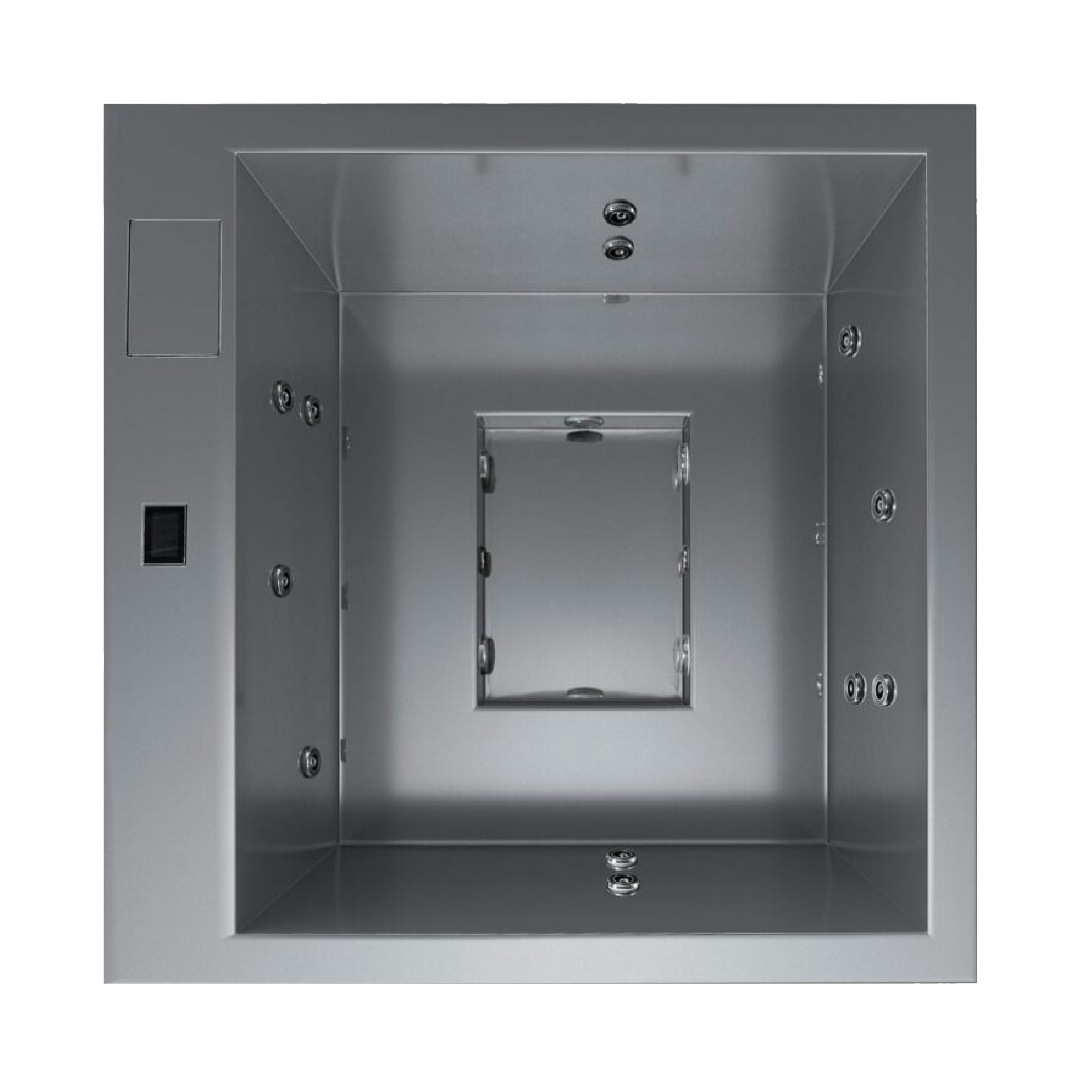Casa Blui Blog
Complete Guide to Hydrotherapy
By andrei newman
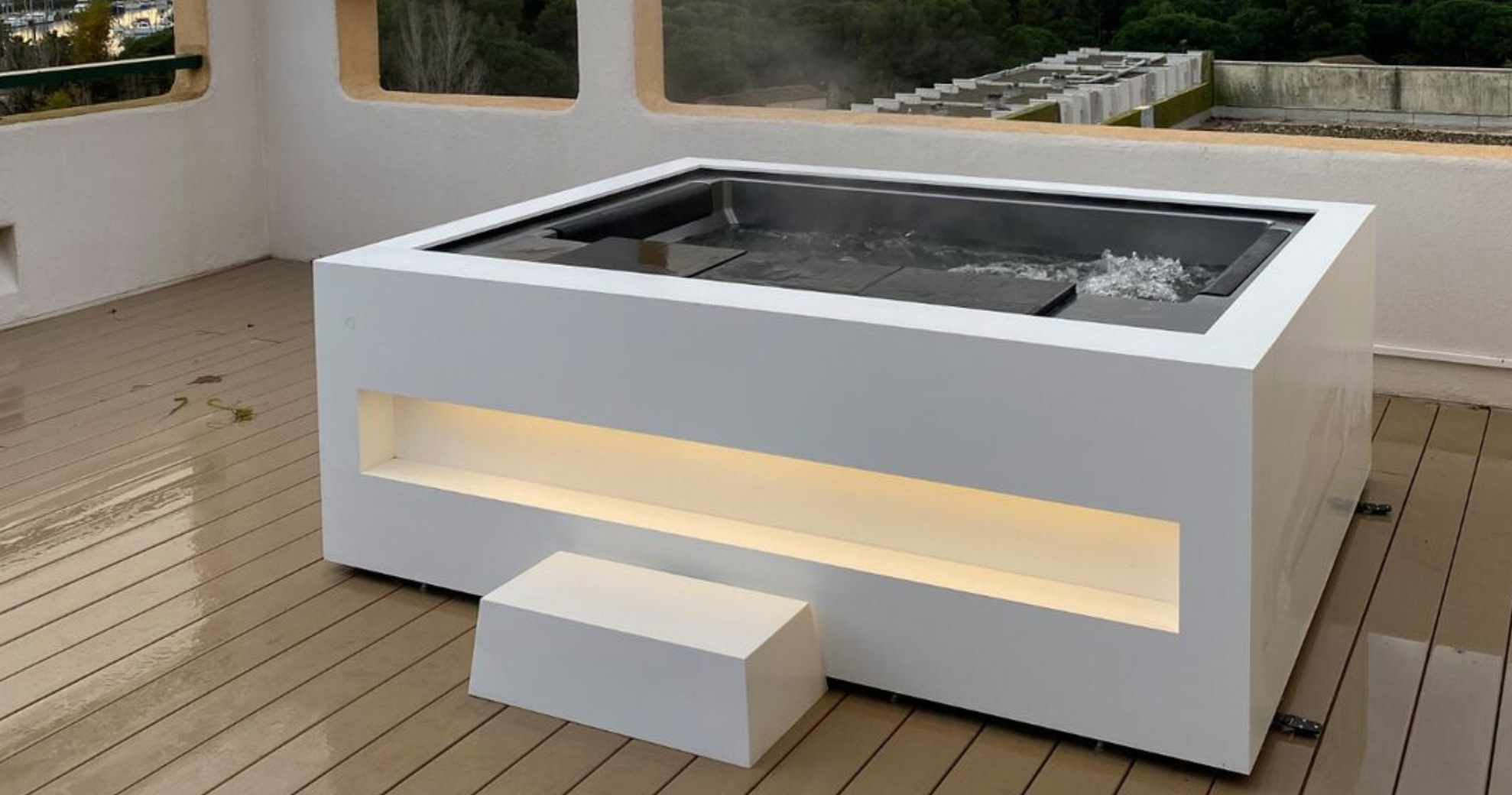
Suppose you're looking for a natural way to treat sore muscles, manage chronic pain, and improve your overall well-being. In that case, hydrotherapy may be the solution you need. It's seen a strong resurgence in recent years with cold plunges & hot tubs, and there are plenty of science-backed benefits to go with it. Let's dive in.
What is Hydrotherapy?
Hydrotherapy is a therapeutic practice that uses water in various forms to promote physical and mental well-being, commonly in the form of hot & cold compresses, steam baths, cold plunges, contrast baths, and water aerobics. It's been used for centuries in different cultures worldwide, and its benefits are widely recognized in the medical field as complementary treatments for muscle, joint, and mental health conditions.
Hydrotherapy utilizes water's properties, such as temperature and pressure, to stimulate the body and facilitate healing. The practice can take many forms, including soaking in high-quality hot tubs or whirlpool baths, receiving underwater massages, or participating in water-based exercises. Also, a hot tub can be tax-deductible for hydrotherapy use if a doctor prescribes it for medical treatment.
The main principle behind hydrotherapy is that water has unique properties that can positively impact the body. Warm water can increase blood flow, relax muscles, and reduce pain. In contrast, cold water helps reduce inflammation and stimulate the immune system.
Benefits of Hydrotherapy
Hydrotherapy can address various conditions, including musculoskeletal disorders, arthritis, stress-related ailments, and even certain respiratory conditions. It's often recommended as a complementary therapy alongside other medical treatments.
One of the critical benefits of hydrotherapy is its ability to promote relaxation, instantly reduce stress, and help you sleep better at night. Water's soothing properties can help calm the mind and alleviate anxiety, making it an excellent practice for those seeking mental and emotional well-being.
Hydrotherapy can also improve circulation and promote detoxification. The hydrostatic pressure exerted by the water can help increase blood flow and lymphatic drainage, aiding in removing toxins from the body. This makes it an effective method for pain management. By immersing oneself in warm water or receiving targeted water massages, individuals can experience relief from muscle soreness, joint pain, and other discomforts.
Whether you're a professional athlete recovering from an injury or just looking to alleviate everyday stress, hydrotherapy can be tailored to meet your specific needs. With proper supervision, it is suitable for all ages.
The Science of How It Works
Hydrotherapy harnesses the unique properties of water to stimulate the body and promote healing. Though immersing yourself in hot and/or cold water may seem insignificant, there are hundreds of physical & physiological factors at play:
- Hydrostatic Pressure: When you immerse your body in water, the hydrostatic pressure exerted by the water helps to improve blood circulation. The water pressure in your body stimulates the blood vessels, promoting better circulation and oxygenation of tissues. This enhanced circulation facilitates more efficient delivery of nutrients and the removal of waste products, accelerating your body's natural healing process.
- Temperature Effects: Warm water helps relax muscles, reduce tension, and alleviate pain. It forces your blood vessels to dilate, improving blood flow and reducing muscle stiffness. On the other hand, cold water is known for its ability to constrict blood vessels, reduce inflammation, and numb pain. Alternating between hot and cold water, known as contrast hydrotherapy, can enhance the benefits of improving circulation and reducing muscle soreness.
- Buoyancy: The buoyant force exerted by water reduces the effects of gravity on the body, making activities like water aerobics a low impact yet beneficial exercise for those with joint pain or injuries. The reduced weight-bearing in water can alleviate stress on the joints and allow for more unrestricted movement, enabling you to work & burn calories with limited pain. Buoyancy also provides additional support, making hydrotherapy exercises accessible to individuals with limited mobility.
- Hydrotherapy Jets and Massage: Some forms of hydrotherapy, such as hot tubs or hydrotherapy jets, utilize the power of water movement to provide targeted massage and relaxation. The jets create a combination of pressure and movement, which can help relieve muscle tension, stimulate circulation, and promote relaxation. The specific positioning and strength of the jets can be adjusted to target specific areas of the body, providing customized therapeutic benefits.
- Nervous System: Hydrotherapy directly impacts the nervous system, influencing the release of endorphins, natural pain-relieving and mood-enhancing chemicals produced by the body. The soothing properties of water and the sensory experience of hydrotherapy can help reduce stress, induce relaxation, and improve overall well-being.
It's important to note that while hydrotherapy offers numerous benefits, consulting with a healthcare professional before starting any new therapeutic practice is always recommended, especially if you have any pre-existing health conditions.
Is Hydrotherapy Right for You?
Determining whether hydrotherapy suits you involves considering factors such as your health condition, preferences, and access to hydrotherapy facilities. The first and most important consideration is whether or not you have access to proper hydrotherapy facilities at home. There are various options, such as hot tubs, ice baths, and steam showers, to choose from, each of which offers its benefits.
Hot tubs provide warm water therapy with jets for targeted massage, while ice baths circulate cold water (usually 40°F —50°F) to reduce inflammation and soreness. Steam showers utilize steam to create a relaxing and therapeutic environment. Assessing your preferences and the available space in your home can help you determine which type of home hydrotherapy is most suitable for you.
Clinical Use
Hydrotherapy is not limited to home use. It is also widely utilized in clinical settings such as physical therapy and rehabilitation centers to choose the type and temperature of water that suits your specific requirements. Warm water is used for relaxation, pain relief, and stress reduction. In contrast, cold water can be beneficial for reducing inflammation and muscle soreness. Some individuals may find contrast hydrotherapy, alternating between hot and cold water, particularly helpful. Understanding your goals and consulting with healthcare professionals can help you determine the most appropriate type and temperature of hydrotherapy for your needs.
Who Should Avoid Hydrotherapy?
While hydrotherapy offers numerous benefits, it may only suit some circumstances. Individuals with certain medical conditions, such as uncontrolled high blood pressure, heart disease, open wounds, infections, or contagious skin conditions, may need to avoid hydrotherapy or seek medical advice before participating. Pregnant women should also consult with their healthcare provider before engaging in hydrotherapy. Prioritizing your safety and well-being is essential to understanding any contraindications associated with hydrotherapy.
Investing in Your Health
Hydrotherapy is not a one-and-done practice. To fully reap the benefits, it must become a part of your daily & weekly health routine. Here are a few things to keep in mind to maximize your experience.
Daily Hydrotherapy Routines
Set aside dedicated time each day to engage in hydrotherapy activities that suit your health goals & personal preferences. This can include soaking in a hot tub, sinking into a cold plunge, or using a steam shower. Designate this time as a self-care ritual, allowing yourself to relax, unwind, and focus on your well-being. Incorporate other elements such as aromatherapy, soothing music, or gentle stretches to enhance the overall experience.
Invest in the Right Equipment
If you prefer home hydrotherapy, consider purchasing a hot tub, cold plunge, or steam shower that suits your needs and available space. Look for adjustable jets, temperature controls, and built-in relaxation features. Research reputable brands and consult with professionals to ensure you make an informed decision. If you prefer hydrotherapy in clinical settings, seek out reputable facilities that offer a range of hydrotherapy treatments and therapies.
Cost Considerations
Hydrotherapy is costly, and both initial & ongoing costs can vary depending on your equipment's type, size, and features. Research different options, compare prices, and consider long-term maintenance costs. Additionally, remember the energy consumption of home hydrotherapy equipment, as it may impact your utility bills. Choosing energy-efficient models and exploring ways to minimize energy usage, such as using covers to retain heat, is wise. Consider your budget and weigh the long-term health benefits against the initial investment and ongoing costs.
Hydrotherapy is a natural and effective way to enhance your overall well-being through the power of water. Hydrotherapy can provide many physical and mental health benefits to you, your family, and your guests, from managing chronic pain to treating injuries, reducing stress, and improving sleep quality.
